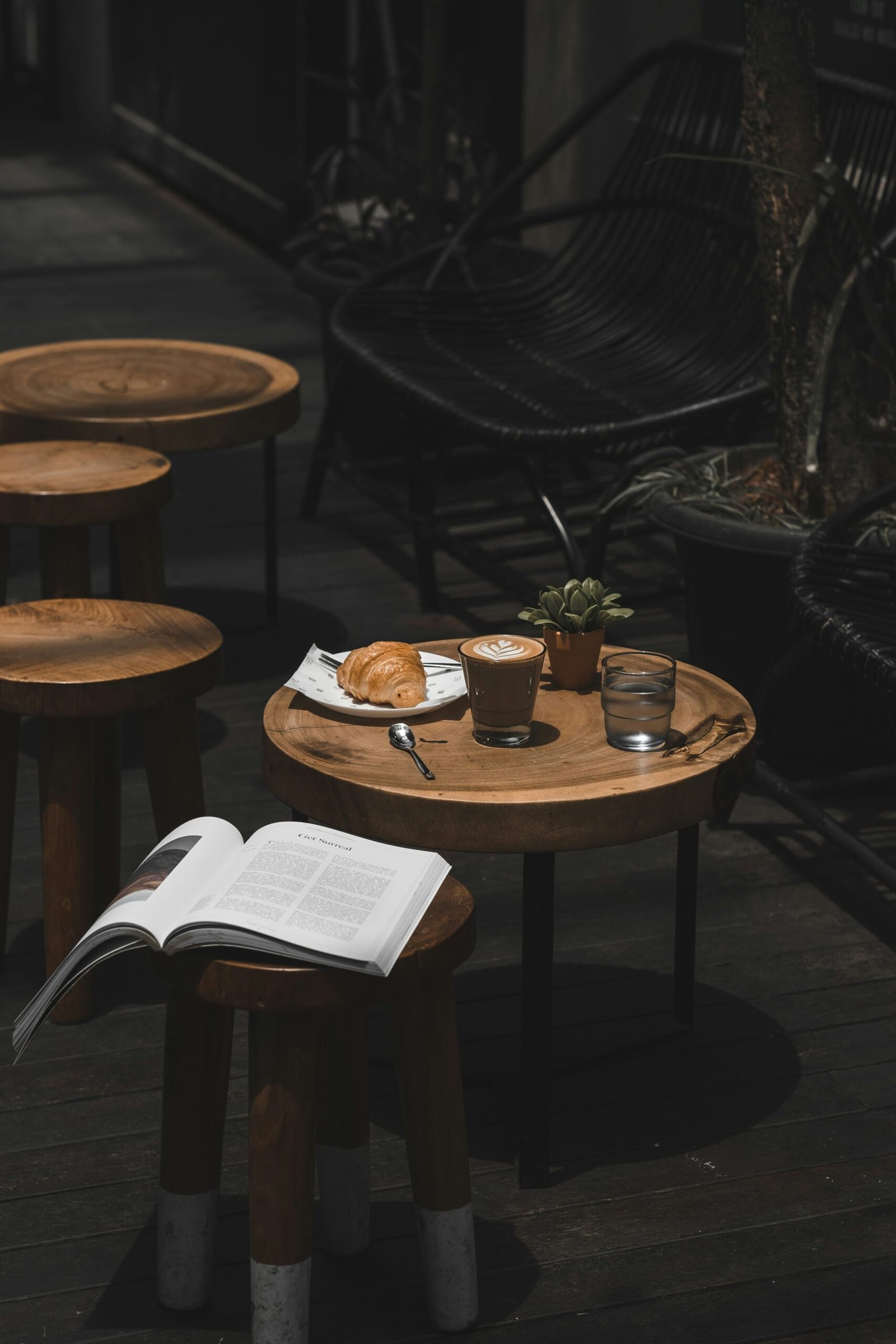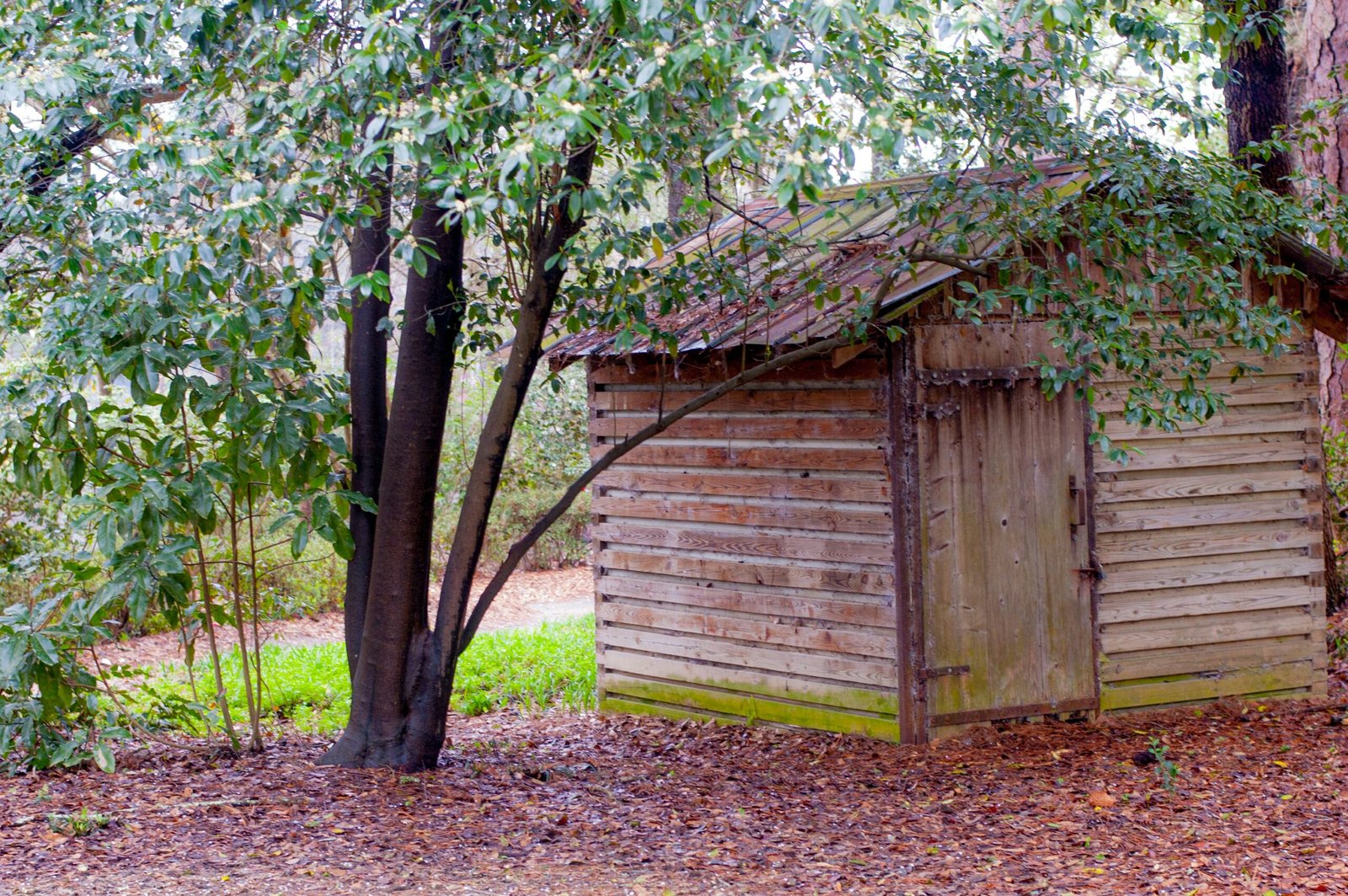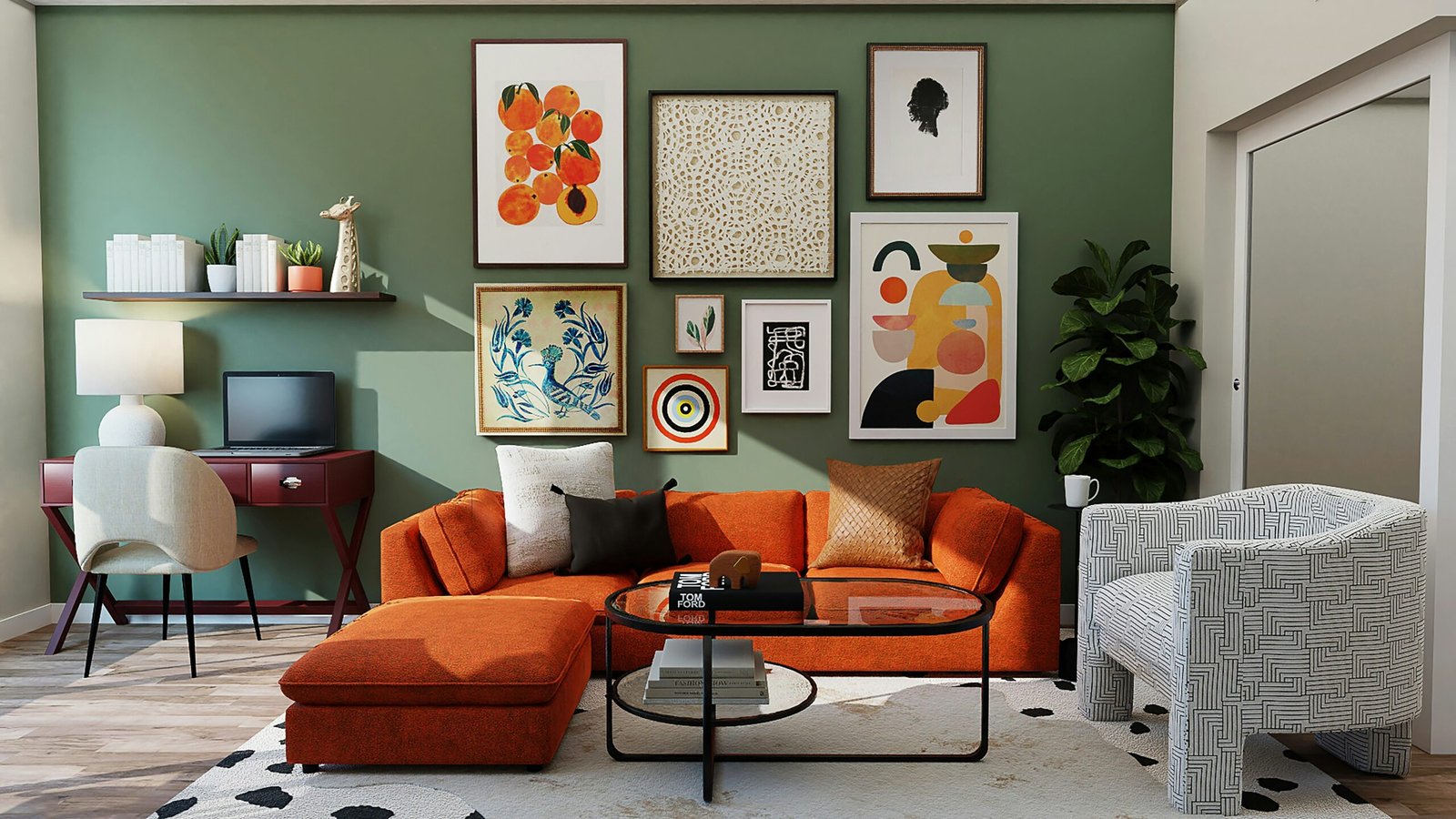Introduction to DIY Coffee Tables
Building your own DIY coffee table presents a multitude of benefits that can enhance not only your living space but also your creative skills. A DIY coffee table is an opportunity for customization, allowing you to design a piece that perfectly reflects your personal style and complements your existing decor. From rustic and traditional to modern and minimalist, the styles and designs available are virtually limitless. You can choose the dimensions, colors, and materials that best suit your needs, ensuring that the end result aligns with your vision.
Another significant advantage of creating a DIY coffee table is its cost-effectiveness. Purchasing a new coffee table from a retailer can often be a hefty expense, particularly for unique or high-quality pieces. By opting for a DIY approach, you can stay within your budget while still achieving a high level of craftsmanship. Moreover, utilizing reclaimed materials or surplus supplies can further reduce costs and add a unique character to your project.
Beyond aesthetic appeal and cost savings, building a DIY coffee table provides a fulfilling sense of accomplishment. Completing a personal project not only boosts your confidence in your abilities but also offers an emotional connection to the final product. Every scratch or imperfection tells a story, highlighting your effort and creativity.
When venturing into this project, it’s essential to consider the functional aspect of the coffee table, particularly when incorporating storage solutions. A well-designed table can serve as a central feature in your living area while also providing vital storage for books, magazines, or remote controls, keeping your space organized.
Before diving into the construction process, familiarize yourself with the tools and materials you will need. Essential tools include a saw, drill, and sandpaper, while common materials range from wood to metal and glass. Understanding these components will ensure a successful and enjoyable DIY experience.
Planning and Designing Your Coffee Table
Creating a DIY coffee table begins with a thoughtful planning and design phase, which is crucial in aligning the project with both your personal style and home décor. Start by considering various design options that will harmonize with your existing interior. Research different styles—from rustic farmhouse to sleek modern designs—to find inspiration that resonates with your aesthetic preferences.
Dimensions play a vital role in the overall functionality of your coffee table. Measure the space where the table will reside to determine the appropriate size. A good rule of thumb is to maintain a height of around 16 to 18 inches for coffee tables, with sufficient surface area to accommodate drinks and snacks. Additionally, think about the table’s storage features. Will you incorporate shelves, drawers, or compartments? Evaluating your storage needs can greatly influence your design decisions and enhance the practicality of your piece.
Materials are a key consideration in the DIY process. Selecting the right type of wood, hardware, and finish is essential for achieving both durability and aesthetic appeal. Common choices include hardwoods for strength and plywood for ease of assembly. When selecting your finish, consider how it will complement the color palette of the room. Preferably, aim for water-resistant options to extend the table’s lifespan.
As you finalize your design, it is advisable to create a detailed sketch or blueprint. This step will not only clarify your vision but also serve as a roadmap for construction. Additionally, be sure to calculate the materials needed and establish a budget to prevent overspending. Adjustments can always be made based on your skill level and the tools at your disposal, allowing for a personalized project that fits within your capabilities.
Step-by-Step Construction Process
Building your own DIY coffee table with integrated storage requires careful planning and execution. Begin by gathering all necessary materials and tools, which typically include plywood or hardwood for the tabletop, wood screws, wood glue, a saw, a drill, a sander, and a paintbrush or roller for finishing touches. Ensure to take proper safety precautions while handling tools by wearing protective eyewear and gloves.
The first step involves cutting the wood pieces. Using a circular saw, measure and mark your cuts accurately. You will need dimensions for the tabletop, the legs, and any shelves or drawers for storage. After cutting, it is crucial to sand all edges to ensure a smooth finish and prevent splinters. A sanding block or power sander can expedite this process significantly. Next, assemble the table’s main structure. Attach the legs to the tabletop using wood screws and wood glue for added stability. Ensure that the legs are positioned evenly to avoid wobbling.
Once the frame is assembled, it’s time to add storage elements. You may opt for a simple shelf underneath the tabletop or incorporate pull-out drawers. For drawers, cut additional wood pieces following the same measuring and cutting techniques. Assemble these components, attaching them securely to the frame. Test the drawers to ensure they slide smoothly. After securing storage, consider reinforcing the table with corner brackets for durability.
In the finishing process, choose between painting or staining the wood surface. Select a color that complements your interior decor. Apply the paint or stain evenly and allow sufficient drying time between coats. Finally, for added protection, finish with a clear sealant. Once completely dried, your DIY coffee table is ready to be personalized with decorative accessories, ensuring it fits seamlessly into your living space. This project not only results in a functional piece of furniture but also offers a rewarding crafting experience.
Final Touches and Styling Your Coffee Table
Once you have constructed your DIY coffee table, the next vital step is to style it in a manner that enhances both its functionality and aesthetic appeal. Decorative items play a crucial role in creating an inviting atmosphere. To begin, consider using a few well-chosen decor pieces. For example, stack some interesting coffee table books horizontally; this not only adds height but also serves as a conversation starter. Choose books with varied colors and textures to create visual contrast.
Incorporating plants can also add a lively touch to your DIY project. A small potted plant or a vase with fresh flowers can serve as a focal point while promoting a sense of tranquility. Select plants that suit your environment and lifestyle. If you prefer something low-maintenance, succulents are a fantastic choice. They thrive with minimal care while adding a contemporary flair to your design.
Another styling option is to display personal photos within chic frames. This not only personalizes your space but also establishes a connection with your memories. Consider a curated arrangement of frames in various sizes, which adds dimension to the table.
To maintain the integrity and appearance of your coffee table, regular upkeep is essential. Dust the surface often and protect it from heavy, moisture-laden items that may lead to staining or damaging the finish. Depending on the material used, applying a coat of polish or sealant can enhance durability and shine.
For additional inspiration, explore various themes like minimalism, bohemian, or rustic styles. Websites, social media platforms, and home décor magazines can offer a wealth of creative ideas. By customizing your coffee table to reflect your personal style, you turn it into a centerpiece that is both practical and visually appealing.



